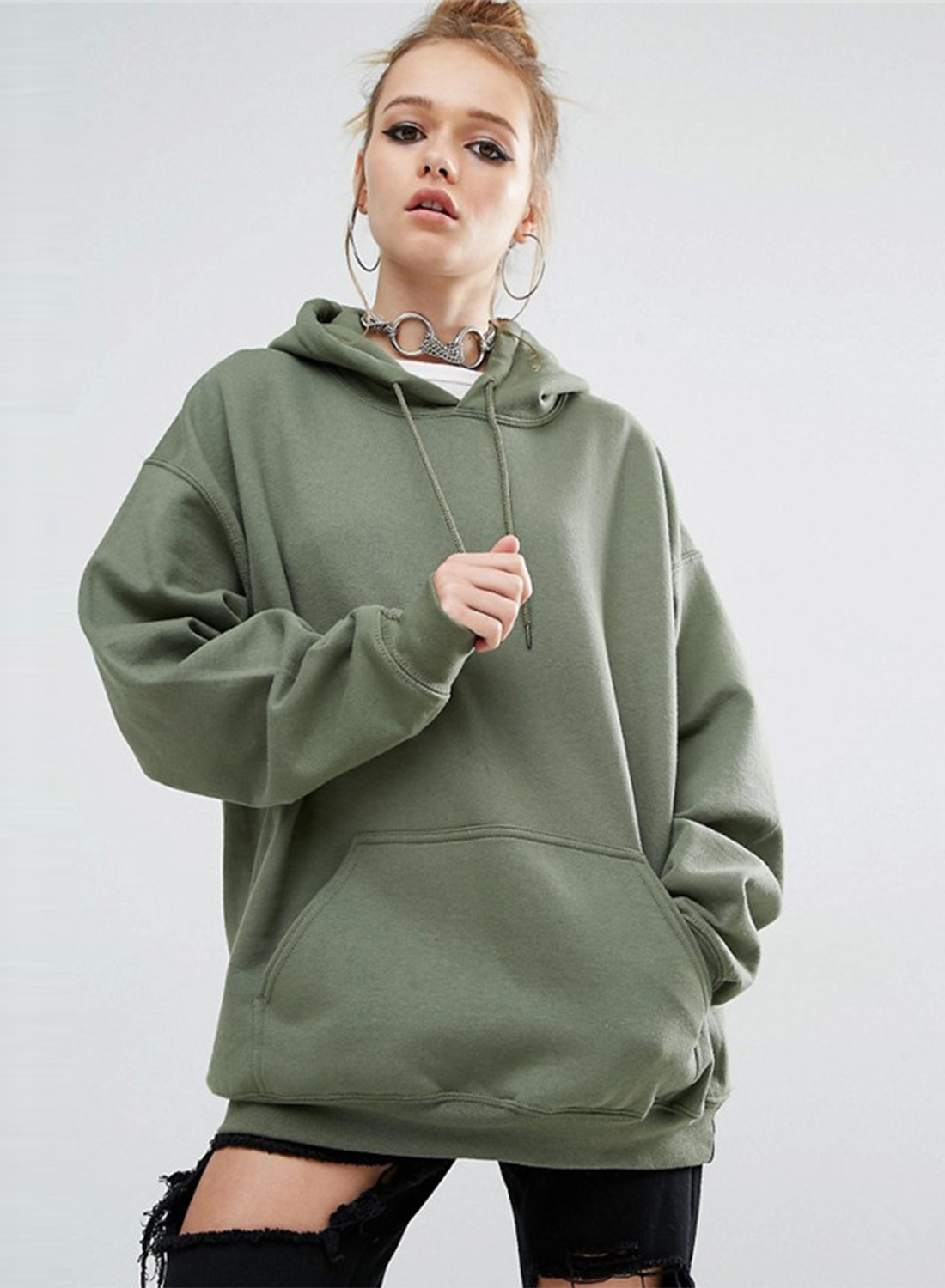What to Consider When Choosing the proper Sweatshirt

Sweatshirts are long-sleeved pullover garments made of thick cotton cloth. They are generally worn as casual clothing, and are not as formal as sweaters or cardigans. They do not usually have the Hood. If you are interested in purchasing a sweatshirt here are a few tips:
The appeal of Norma Kamali was spread by the use of sweatshirts
Since the late 1970s, Norma Kamali has transformed the basic sweatshirt into a work of art. Her designs are now a staple in almost all women's wardrobes. Her unique styles include a tummy-tucking crew neck to leather-paneled sweatshirts . She has also created clothing with unusual designs, like tanks with a long trumpet skirt.
A collaboration between the designer and sweatshirt manufacturer Everlast led to her Timeless collection, which was hugely popular when it debuted in the Spiegel spring 2006 catalog. The collection featured knits that were convertible and interchangeable with classic designs and a lot of pieces were priced under $20. Even if Kamali's Timeless collection wasn't available in stores, buyers were able to find the items through eBay or Poshmark.
Merino wool sweatshirt s feel more comfortable than sweatshirts made of soft wool.
Merino wool is known for its ability to remove moisture that help keep you dry and comfortable. Merino wool is an organic fibre that also offers a more comfortable feel. It is also quick to dry compared to other natural material. Additionally, merino is a renewable resource. Merino sheep shed their coats every year and regrow new ones.
Merino's weight-to-heat ratio is high, and the warmth of wool makes it an ideal material for sweatshirts. It helps to regulate the body's temperature because of its loft which naturally traps heat between the fibers. This is why Merino wool sweatshirts work ideal for outdoor and summer activities such as mountain biking, and running. The warmth it offers ensures that the wearer stays cool and dry, which is important for working out.
Zip-front hoodies come with kangaroo pockets.
Kangaroo pocket hoodies are a popular style of hoodie. They feature a big pocket on the front, which keeps your hands warm on chilly days. https://grizzle-tiger-w7r4sn.mystrikingly.com/blog/what-you-need-to-know-about-sweatshirts are additionally more practical than conventional pockets as they allow your hands to slide in and out easily.
Kangaroo pockets are usually large enough to fit a wallet or some other small items for personal use. They're usually big enough to hold the palm of a hand that is small or even wide enough to fit two hands. They are wide on both sides and make them ideal for carrying small items.
French Terry fabric is a well-loved fabric for sweatshirts.
The French Terry fabric is composed of soft yarns that are knit into loops and is usually medium-weight. It is also renowned for its ability to wick away moisture and is already pre-shrunk. French Terry is a fantastic choice for sweatshirts because it will keep you warm when you require it and also keeps you cool when you're trying to cool off.
French terry is also popular for loungewearbecause it has enough stretch and flexibleness to feel great when you touch your body. It also allows air to circulate around the fabric, which makes it ideal for layering under other clothes. In addition, because it is lighter than other sweatshirts you can wear it all year round without feeling too hot or cold.

Hoodies have classist connotations
Although it might appear that hoodies are simply an appropriate attire item for people of the working class, the reality is that they have a classist connotation. Hoodies were first popularized in the early 70s New York, where graffiti artists would wear them to conceal their identities. In 1976 the hoodies made their big movie debut in "Rocky," when the protagonist of the film was a working class man in gray sweats that were hooded during his famous climb up the steps of the Philadelphia Museum of Art.
Hoodies are frequently associated with destruction, death, and other undesirable things, and yet they also serve practical purposes. For example, monks and priests might wear hoods in order to display the proper manner of dress and to focus on their inner self.
